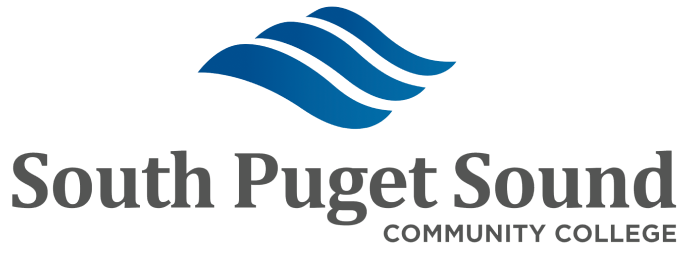Requisitions in ctcLink are designed so system users without detailed purchasing knowledge can contribute to the procurement process. Requisitions require less data to be submitted on the front-end, as compared to a Purchase Order, and allows for more flexibility in editing. This permits a wider range of users to submit data that can be finalized and eventually used to create Purchase Orders.
See the SPSCC Approval Workflow for Requisitions for a visual representation.
KEY TERMS:
- Requisitions: Procure to Pay (P-2-P) begins with requisitions which are ‘asks’ for things by a REQUESTOR. Their goal is to be reviewed-approved-funds verified and sourced into purchase orders (PO).
- Purchase Orders contain the final details as indicated by a BUYER and used to place the order that is dispatched to a Supplier who fulfills the order and ships to the customer.
- Receipts are generated to record the goods/services on the PO were delivered to the Ship-To location and inspected (if necessary) by the RECEIVING AGENT.
- Vouchers are created to acknowledge money is owed to a Supplier by the VOUCHER ENTRY person and this document details the payment(s).
- Matching verifies the accuracy of the details from the Purchase Order, the Receipt and the Voucher before a payment can be initiated. This is referred to as Three-Way Matching.
- Payments are then remitted to the supplier when three-way matching has passed successfully.
- Budget Monitor: The person who tracks the department's budget throughout the year and monitors expenses charged to each budget. Typically this is the department's executive or administrative assistant, program manager, etc.
- Budget Manager: The person who has final approval over a budget. Typically this is a department manager, dean, vice president or grant manager.
REQUISITION LIFE CYCLE:
The Requestor completes several ctcLink tasks before a requisition becomes a purchase order. In the Create Requisition stage, the Requestor completes data entry into the four basic elements: Header; Line; Schedule and Distribution.
- Each Requisition has one Header, which can have multiple lines.
- Each Line can have multiple schedules. The Line holds the item information.
- Each Schedule can have multiple distributions. The schedule defines when and where you want the line items delivered.
- The Distribution defines internal information for the schedule, such as the way in which accounts and departments should be charged for the purchase and the total price each department should pay.
A requisition in Purchasing can have one of five different statuses during its life cycle:
- Open: Indicates that the request has been at least partially entered and saved, but the end user needs to complete the requisition.
- Pending Approval: Indicates the requisition has been completed by the user. The user is awaiting approval from an authorized person.
- Approved: Indicates that the requisition has been entered; saved; reviewed and approved by an authorized individual.
- Canceled: Indicates that an entered requisition was saved and then canceled at some later point. No further information can be entered or changed.
- Complete: Indicates that the request has completed its entire life cycle. No further information can be entered or changed.
Procurement Office
If you run into any issues following this guide, please contact the Procurement Office to resolve them. We're open from 8 am to 5 pm weekdays.
- Call us at (360) 596-5249 or (360) 596-5583
- Email us at Purchasing@spscc.edu
- Zoom us at https://spscc.zoom.us/j/99293489933
- Visit us in person in Building 25-246 or Building 16-219
